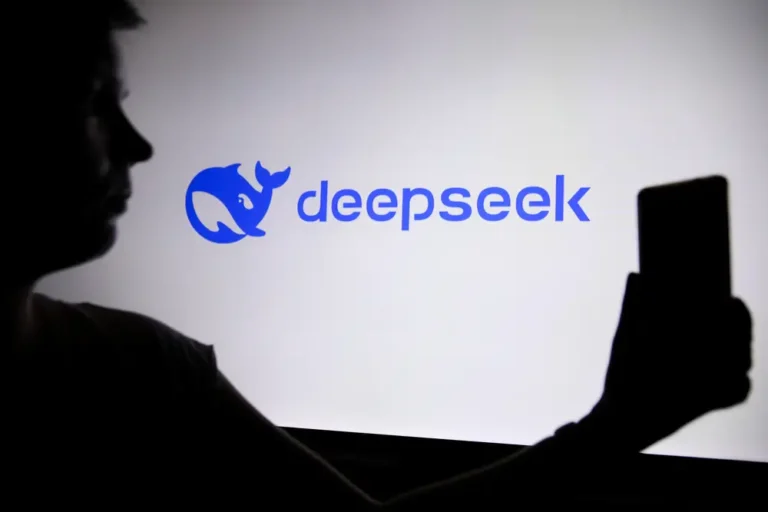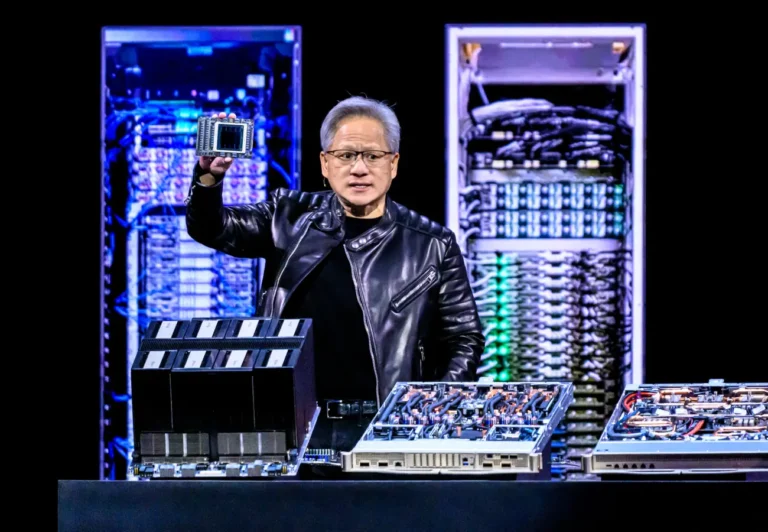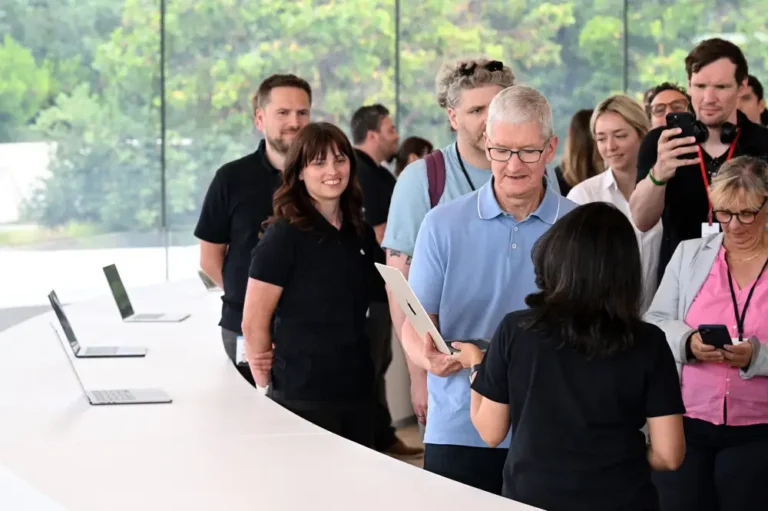The generative-AI hype hasn’t translated to cloud sales yet, as customers don’t know if they should jump in. Microsoft is the one exception.

- Microsoft’s cloud unit reported 3% of its sales growth last quarter came from generative AI.
- Sales remained stable at Amazon Web Services and slipped at Google Cloud.
- Analysts say that AI hype may not translate to big sales for cloud providers until at least 2025.
With the exception of Microsoft, the promise of a generative-AI gold rush has whipped the tech sector into a frenzy of anticipation, but the hype has yet to translate into revenue growth for cloud providers.
Cloud computing sales growth rates slowed to historic lows this year as customers cut IT budgets. Amazon Web Services, the world’s largest cloud provider, reported a 12% year-over-year sales increase in each of the last two quarters, less than half the rate of growth seen at the same time last year. Microsoft and Google, the next two largest American cloud providers, saw their cloud-revenue growth rates slow this year as well.
Revenue growth for Microsoft’s Azure and other cloud services was 29%, down from 35% this time last year. Google reported this week that cloud revenue increased by 22% year on year in the most recent quarter, down from 28% the previous quarter. This was attributed to customer “optimization,” or looking for ways to save money on cloud services, according to the company.
Wall Street is hoping that generative artificial intelligence will provide the three major cloud providers with a much-needed revenue boost. Analysts say it’s still too early to expect much of a boost. Microsoft is an exception, having invested billions in the generative-AI startup OpenAI, which created the chatbot ChatGPT.
“On the AI front, the near-unanimous view was that enterprise spend remains very early stage,” UBS managing director Karl Keirstead wrote last week in a research note to investors.
Microsoft’s cloud-services unit reported that generative AI contributed 3% of sales growth in the most recent quarter, which was one percentage point higher than expected. Services like Microsoft 365 Copilot, a virtual AI assistant built with OpenAI technology, are driving sales.
Microsoft’s OpenAI investment gave it an early advantage in selling generative-AI services like Copilot, which can be easily added as an upgrade to existing plans. Nonetheless, cloud customers polled by Keirstead’s team said they’re still figuring out what to do with the nascent technology.
“Enterprises are just trying to understand AI, such as that we’re being pulled in to do AI strategy work,” one cloud partner told UBS. “Actual spending is not material yet and even the proof-of-concepts you hear about are really just companies playing around.”
Another partner suggested that, while the corporate world was eager to jump on the generative-AI bandwagon, company leaders were either realizing they weren’t prepared for it or simply didn’t understand it, making it difficult for cloud providers to close deals.
“People seem to be stuck between FOMO (fear of missing out) and FOJI (fear of jumping in),” the partner explained to UBS. “It’s caused a bit of paralysis in some cases where decisions are taking longer.”
A third partner stated that some generative-AI deals had closed, but not many. “It’s still fewer and farther between,” the partner explained to UBS.
Analysts on Wall Street blame the spending delay on the economy, which remains uncertain due to rising inflation, the war in Ukraine, and now the fighting between Israel and Hamas.
“We believe there will be a long ramp to monetization, and generative AI may not be material for most companies until 2025,” Rishi Jaluria, managing director at RBC Capital Markets, wrote this week in a research note. He described investors as “jittery” as the software earnings season approached.
AWS announced the general availability of its large language model Bedrock this week, providing customers with access to a wide range of AI models from third-party providers such as Anthropic and Stability AI.
On the company’s earnings call on Thursday, Amazon CEO Andy Jassy stated that generative AI was still in its “early days.”
“Companies are still learning which models they want to use, which models they use for what purposes, and which model sizes they should use to get the latency and cost characteristics they desire,” Jassy said in a telephone interview. “In our opinion, the only certainty is that there will continue to be a high rate of change.”






